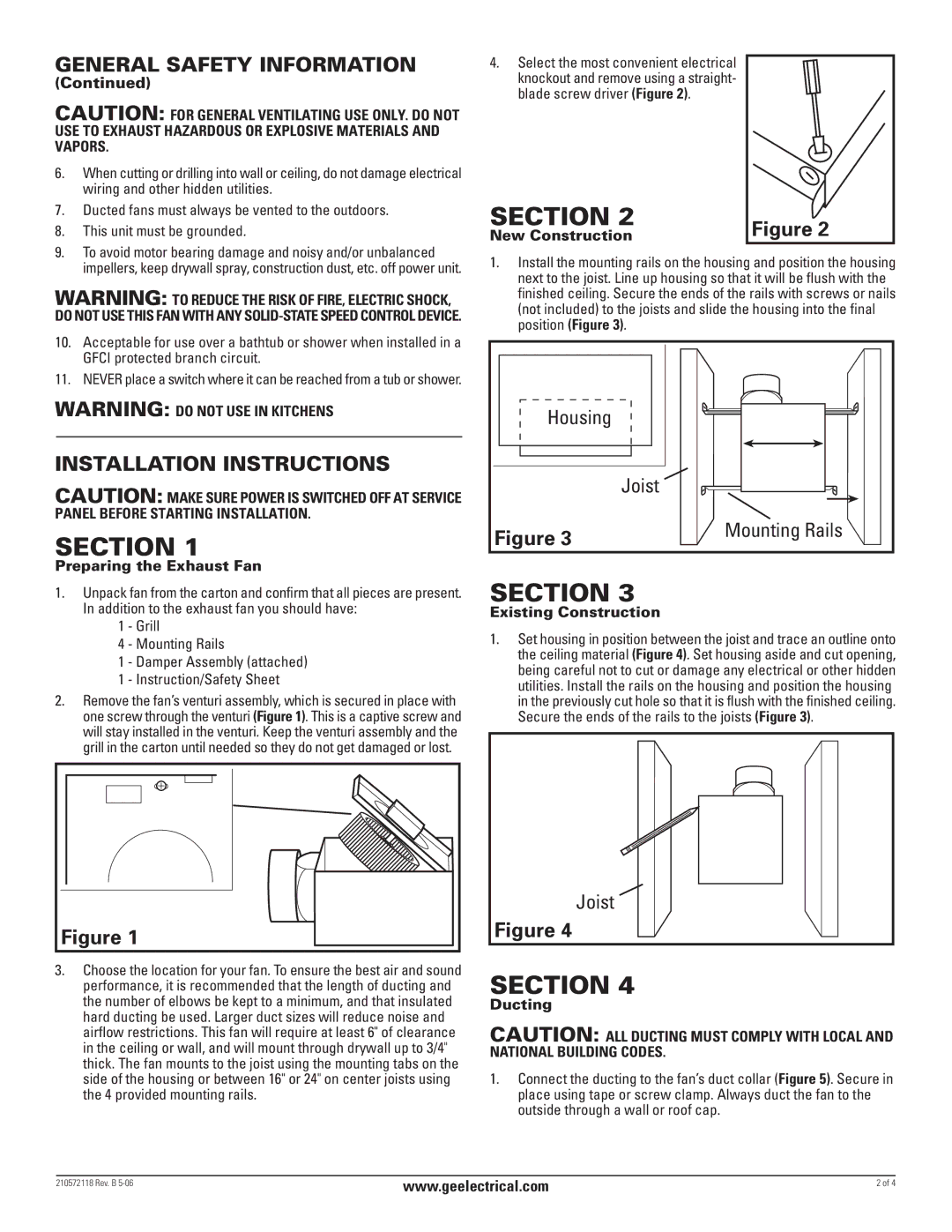BF150A, BF120, BF150 specifications
The GE BF series of generators, specifically the BF150, BF120, and BF150A models, are known for their reliability and performance in various applications. These models are designed to provide efficient energy solutions for industrial, commercial, and residential use.The GE BF150 is particularly recognized for its robust power output and efficiency. It features a powerful engine that delivers a dependable 150 kVA of power, making it suitable for heavy-duty applications. The generator is equipped with advanced cooling systems that ensure optimal performance even in harsh conditions. Its compact design allows for easy installation and transport, providing flexibility for businesses on the go.
The BF120 model stands out for its balance between power and size. With a rated output of 120 kVA, this generator is ideal for smaller operations that need reliable power without the bulk of larger systems. It includes an intuitive control panel that simplifies operation and monitoring, making it user-friendly. The BF120 is also known for its low noise levels and fuel efficiency, making it an excellent choice for urban environments or noise-sensitive areas.
The BF150A model builds upon the strengths of the BF150 with enhancements in technology and efficiency. It incorporates modern digital controls that provide real-time monitoring and management of the generator's performance. This model is designed with an emphasis on environmental sustainability, featuring reduced emissions and improved fuel consumption rates. The BF150A is equipped with advanced safety features, including automatic shutdown in case of low oil pressure or overheating, which enhances reliability.
All three models in the GE BF series share common characteristics such as durable construction and ease of maintenance, ensuring longevity and consistent performance. Each unit is designed with versatile mounting options, allowing users to customize their setup based on space and operational requirements. The generators also offer a variety of fuel options, including diesel and natural gas, providing flexibility to meet different environmental regulations and fuel availability.
In summary, the GE BF150, BF120, and BF150A generators are engineered to meet the diverse power needs of users while maximizing efficiency and minimizing environmental impact. With their robust features and advanced technology, these models are a solid investment for anyone seeking reliable and effective power solutions.

